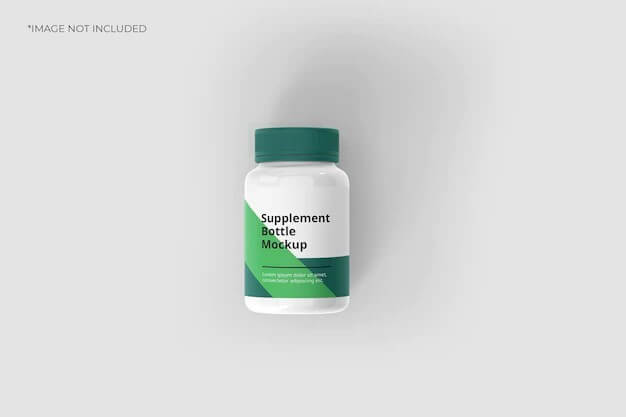As the pharmaceutical industry has become more complex, the need for detailed and accurate labelling has increased. Labels must now include a wide variety of information, from dosage instructions to drug warnings. In the past, this information was often handwritten by pharmacists. However, as digital artwork tools have become more sophisticated and user-friendly, many pharmaceutical companies are now using these tools to create their labels. This shift is not only making label creation faster and easier, but it is also allowing for more creativity and flexibility in design
1. The history of digital artwork tools and their impact on the pharmaceutical industry
Artwork approval software is a tool used by pharmaceutical companies to organise and manage the creation of their product labels and packaging. This software enables companies to streamline the artwork approval process, reducing the time and cost associated with making changes to artwork. In addition, artwork management software can help to ensure that labels and packaging are compliant with regulatory standards. As a result, the use of this software can have a significant impact on the efficiency and cost-effectiveness of the pharmaceutical industry.
2. How digital artwork tools are used to create accurate, high-quality labels for drugs and other medical products
3D packaging software is used to create accurate, high-quality labels for drugs and other medical products. This type of software is designed to print labels that can be applied to 3D objects, such as vials, ampoules, and syringes. The software is also capable of printing labels with barcodes and other information that is required for regulatory compliance. In addition, 3D packaging software can be used to create prototypes of new product packaging, which can be used for testing and marketing purposes.
3. The benefits of using digital artwork tools in the pharmaceutical industry, including time savings, cost reductions, and improved accuracy
Pharmaceutical companies are always looking for ways to improve their products and processes. One area that has seen significant improvement in recent years is the use of digital artwork tools. By using digital artwork tools, companies can save time and money while also improving accuracy. For example, by using a 3D printer, companies can create prototypes of new drugs quickly and cheaply. In addition, digital artwork tools can be used to create more accurate models of drug molecules, which can help scientists to understand how new drugs will interact with the human body. As a result, the use of digital artwork tools is becoming increasingly commonplace in the pharmaceutical industry.
4. The future of digital artwork tools and their potential impact on the pharmaceutical industry
Pharmaceutical companies are always looking for new ways to advertise their products and stand out from the competition. One way they may do this in the future is by using digital artwork tools to create more realistic and lifelike images of their products. These tools could potentially have a significant impact on the pharmaceutical industry, making it easier for companies to create impactful and memorable advertising. In addition, these tools could also allow companies to create virtual reality simulations of their products, which could provide potential customers with a more immersive experience. While it is still unclear how exactly these tools will be used in the future, it is clear that they have the potential to revolutionise the way that pharmaceutical companies market their products.
Conclusion :
As the pharmaceutical industry enters the digital age, artwork tools are becoming increasingly important. By utilising these tools, companies can create labels that are more accurate and efficient. As a result, this will help to improve patient safety and reduce the chances of errors occurring. What do you think about this change? Have you encountered any problems with traditional methods of labelling in the past? Then this blog post must have helped you. Now in future you may not make such mistakes. We have also posted several other blogs regarding various other topics, do check them out.





Be First to Comment